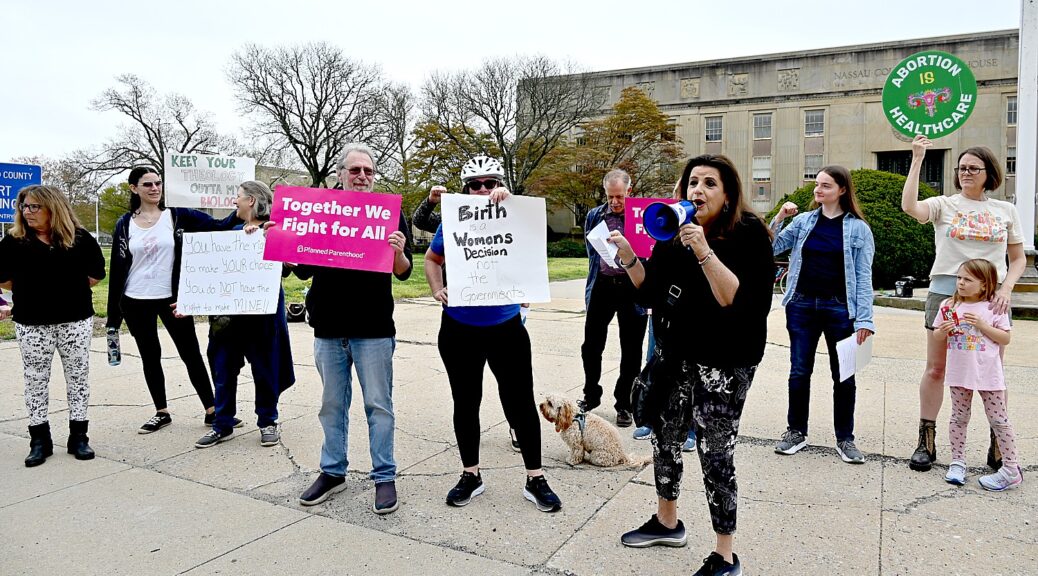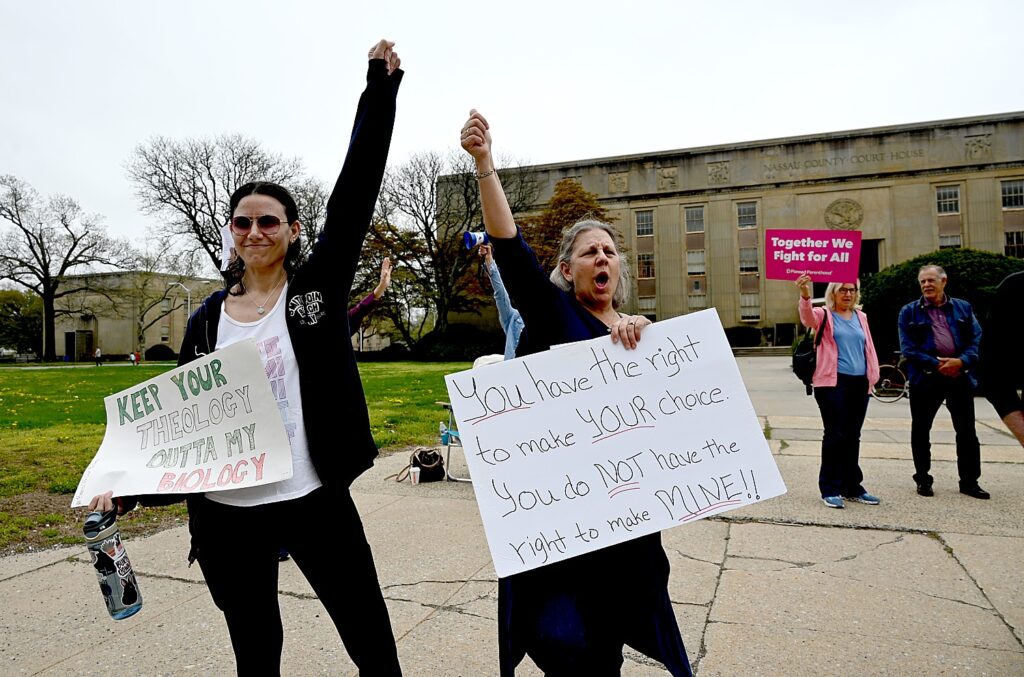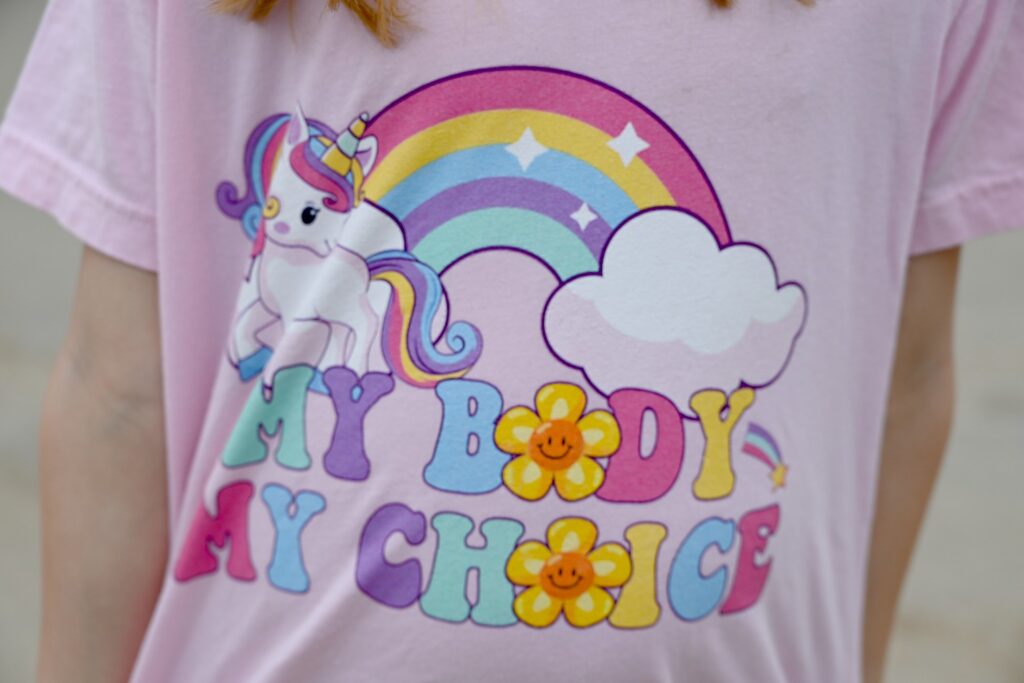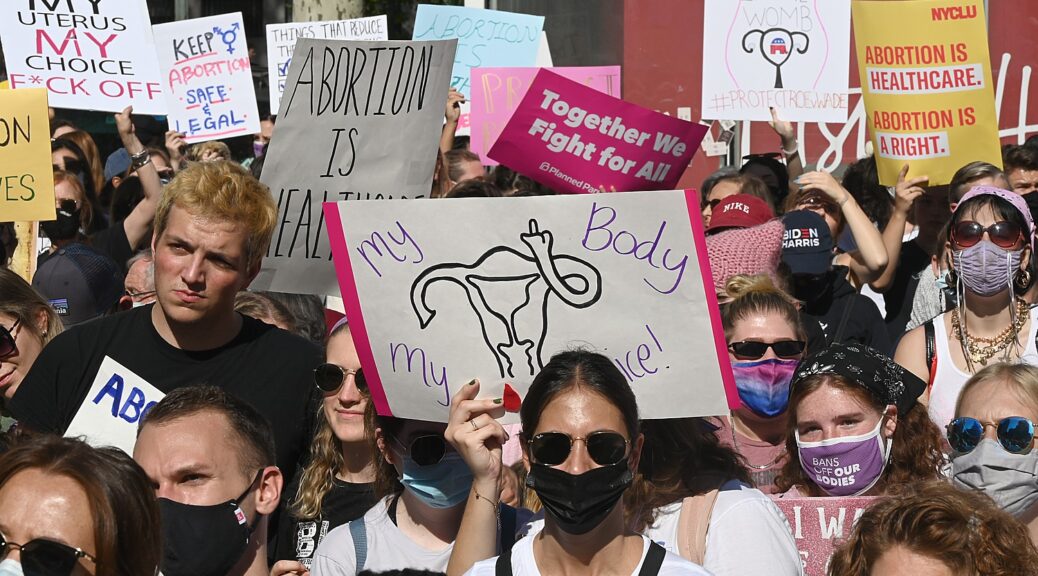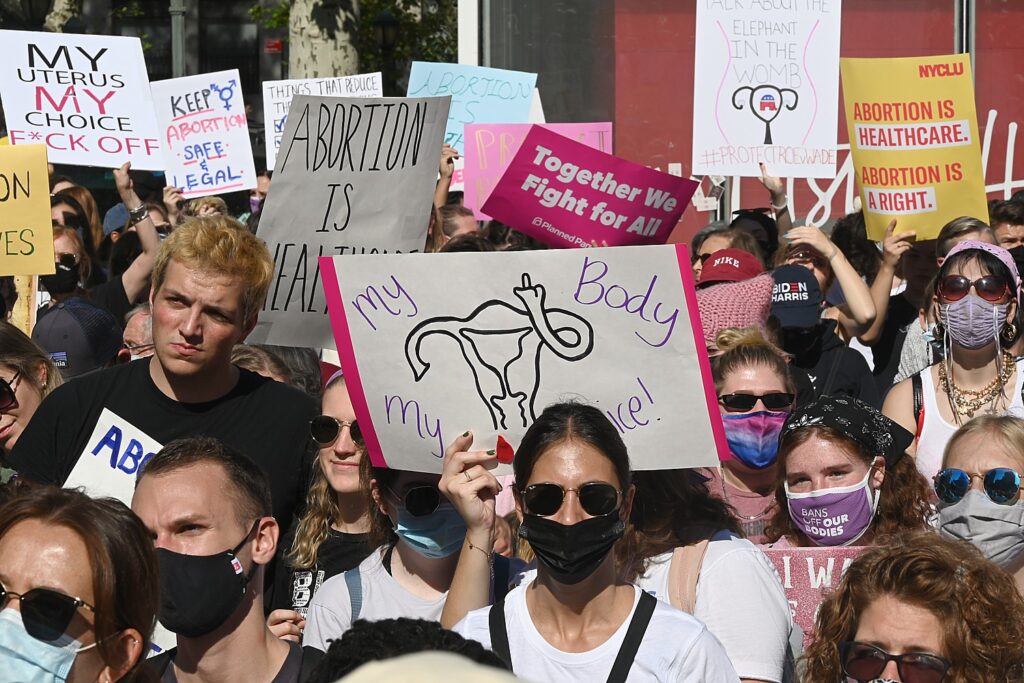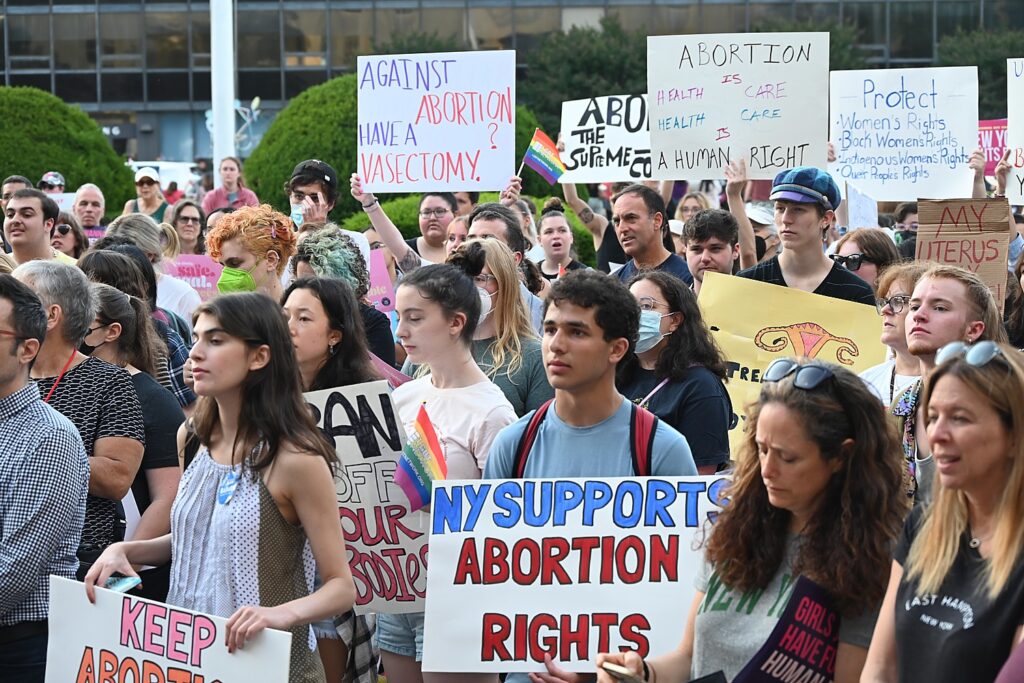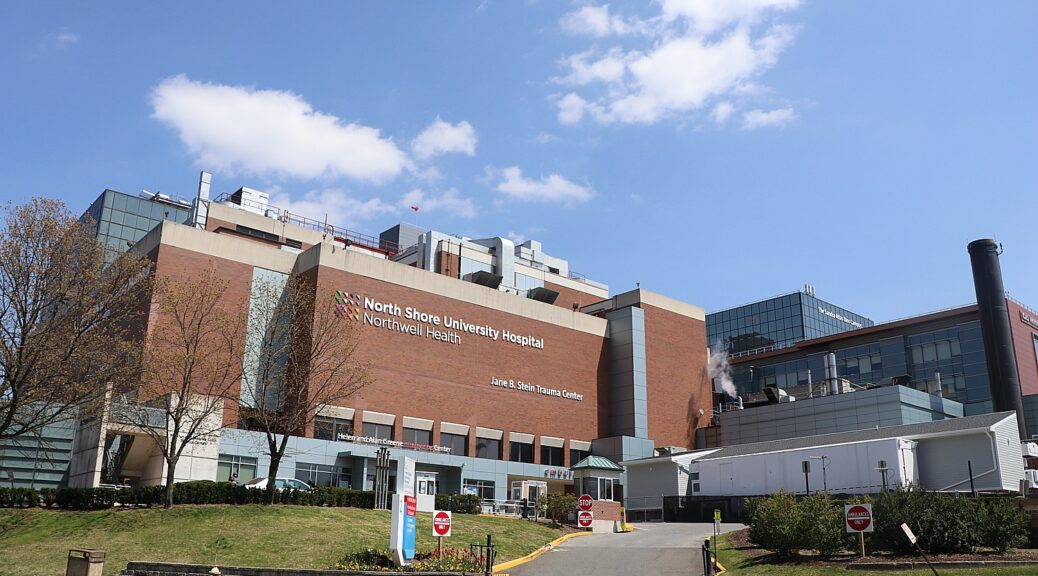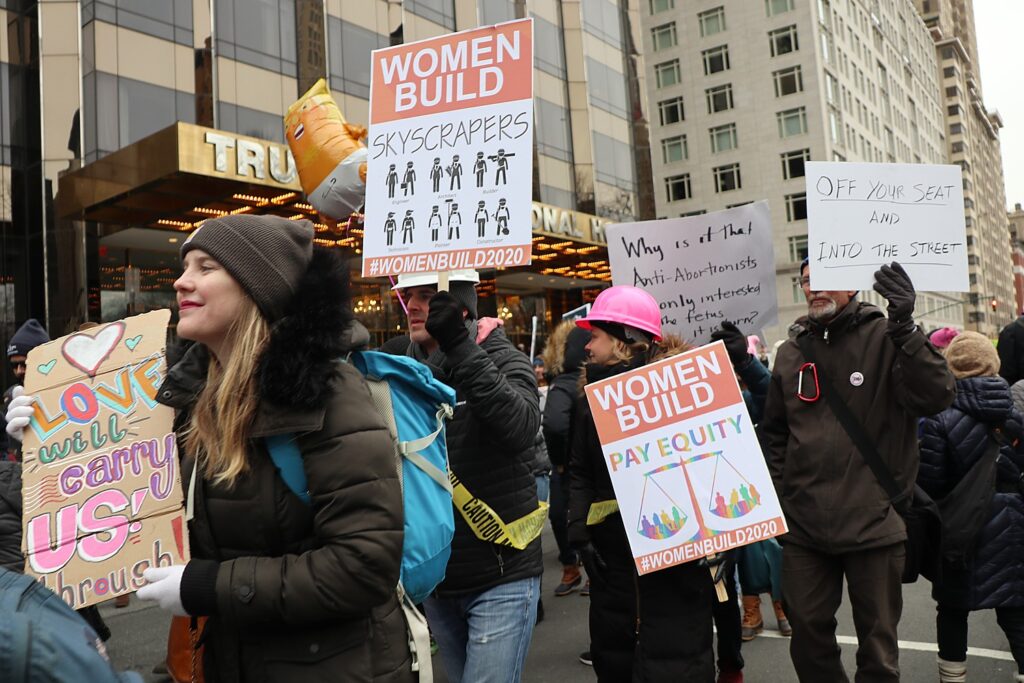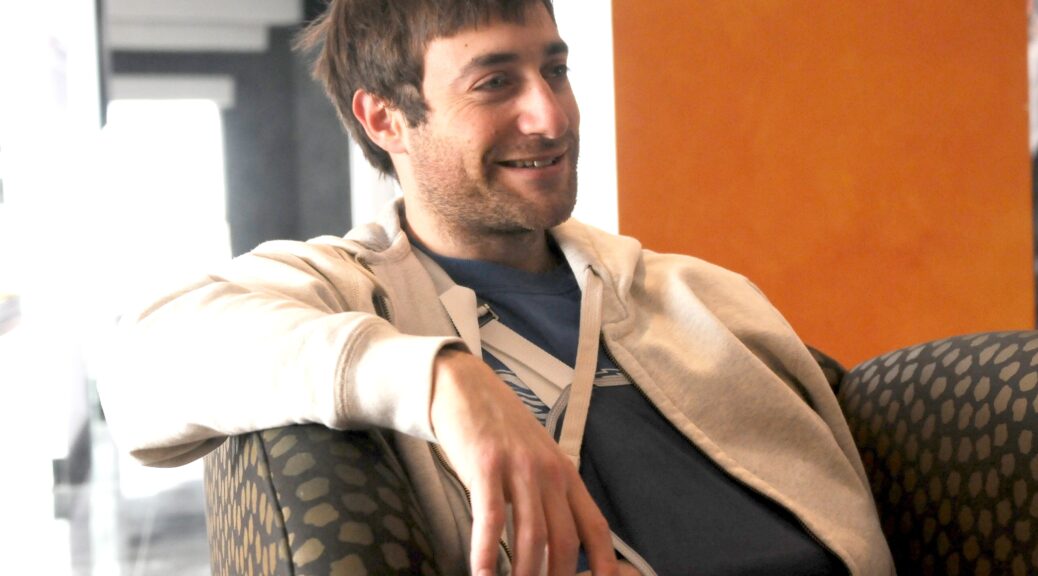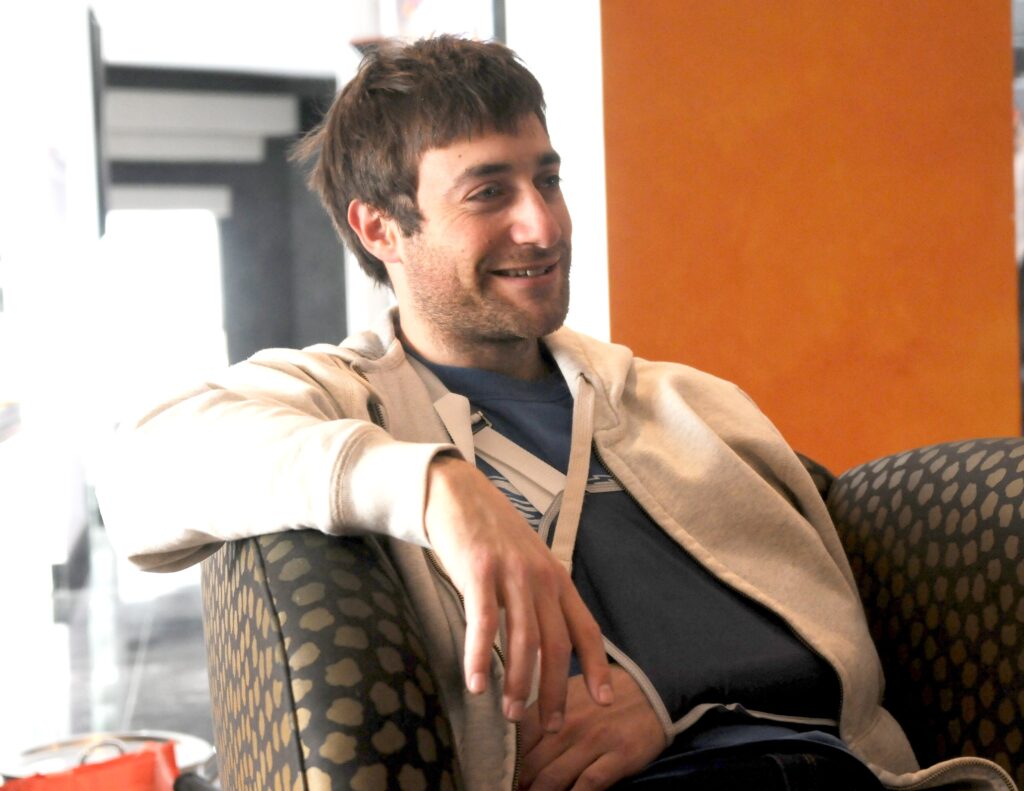This fact sheet on President Biden’s plan to expand health coverage and other support to DACA recipients was provided by the White House:
In 2012, President Obama and then Vice President Biden announced the Deferred Action for Childhood Arrivals (DACA) program to allow young people to live and work in the only country they know as home. Over the last decade, DACA has brought stability, possibility, and progress to more than 800,000 Dreamers.
President Biden believes that DACA recipients strengthen our economy and enrich our workplaces, our schools and communities, and our country as a whole. That’s why on his first day in office, he called on Congress to give Dreamers a pathway to citizenship and he has repeated that call every State of the Union address since. While Congress has failed to act, the Biden-Harris Administration has taken significant measures to protect Dreamers. This includes, issuing regulations by the Department of Homeland Security to “preserve and fortify” DACA and fighting political opponents in court as they attempt to strip them of the only home they have ever known.
The Biden-Harris Administration is committed to providing Dreamers the opportunities and support they need succeed. President Biden is announcing a plan to expand health coverage for DACA recipients. The Department of Health and Human Services will shortly propose a rule amending the definition of “lawful presence,” for purposes of Medicaid and Affordable Care Act coverage, to include DACA recipients. We recognize that every day counts, and we expect to get this done by the end of the month. If finalized, the rule will make DACA recipients eligible for these programs for the first time. Under the proposed rule, DACA recipients will be able to apply for coverage through the Health Insurance Marketplace, where they may qualify for financial assistance based on income, and through their state Medicaid agency. Like all other enrollees, eligibility information will be verified electronically when individuals apply for coverage.
President Biden and Vice President Harris believe that health care should be a right, not a privilege. Together, they promised to protect and strengthen the ACA and Medicaid, lowering costs and expanding coverage so that every American has the peace of mind that health insurance brings. The President’s announcement gives DACA recipients that same opportunity, as the Administration continues to urge Congress to provide a pathway to citizenship to Dreamers, providing them the ultimate peace of mind they need and deserve.
While we wait for Congress to act, and although there are some restrictions on the availability of benefits for DACA recipients, DACA recipients should take note of the numerous Federal programs, opportunities, and resources that have been and continue to be available to them:
Experiential Learning, National Service, and Employment Opportunities:
- AmeriCorps VISTA Program. DACA recipients are eligible to serve in the AmeriCorps VISTA program, which provides participants with an opportunity to assist local organizations in alleviating poverty. Participants serve in a full-time position for one year and earn related benefits such as a living allowance, professional development and training, and a cash stipend.[1] Find a VISTA service opportunity here.
- Outdoor Programs. DACA recipients have access to a range of outdoor programming, environmental education, and volunteer service programs in their communities and across the country. These include Every Kid Outdoors, the Scout Ranger Program, and the Healthy Parks, Healthy People program as well as the YMCA-National Parks Service partnership, including the Bringing Youth Outdoors Together Summer Camp Program.
- American Job Centers. DACA recipients with work authorization can access many programs within American Job Centers, which help job seekers obtain employment and training to further their careers. American Job Centers provide counseling, skill and ability assessments, and advice on in-demand jobs and potential training opportunities. Locate an American Job Center here.
- Job Corps. DACA recipients with work authorization may qualify for Job Corps, a no-cost education and vocational training program administered by the U.S. Department of Labor, which helps individuals ages 16-24 improve the quality of their lives by empowering them to secure good jobs and become independent. Job Corps students have access to room and board while they learn skills in specific training areas. Learn more about Job Corps here.
- YouthBuild. DACA recipients with work authorization may qualify for YouthBuild, a pre-apprenticeship program for certain individuals ages 16-24. At YouthBuild’s 275 locations across the country, participants learn vocational skills in construction and other in-demand industries—including health care, information technology, and hospitality—while also earning their high school or equivalent degree, preparing them for opportunities such as college, Registered Apprenticeships, and employment. Information on YouthBuild is here.
- National Farmworker Jobs Program. DACA recipients with work authorization who are engaged in agricultural work may benefit from the National Farmworker Jobs Program (NFJP), which offers services for migrant and seasonal farmworkers and certain family members within the network of American Job Centers. Career Services and Training grants can help farmworkers gain skills, advance in agricultural jobs, or find employment in new industries. Housing grants assist farmworkers in finding safe and sanitary permanent or temporary housing. Access NFJP resources here.
- ARP Good Jobs Challenge. The Economic Development Administration’s American Rescue Plan: Good Jobs Challenge within the U.S. Department of Commerce is an investment in high-quality, locally led workforce systems to expand career opportunities and good-paying jobs for American workers, including DACA recipients, to achieve economic mobility and security. Awards under the Good Jobs Challenge have been granted to diverse worker-centered training partnerships and systems across the country spanning 31 states and Puerto Rico. The program also focuses on removing systemic barriers to employment through support services such as childcare, transportation, and paid on-the-job training opportunities. Access Good Job Challenge resources here.
- Dept. of Education Resources. The Department of Education has a Resource Guide for schools, colleges, and teachers to support the to support the educational and career success of DACA recipients in secondary and postsecondary education, as well as comprehensive educational resources for DACA students available here.
Assistance with Renting or Purchasing a Home:
- FHA Financing. DACA recipients are eligible to apply for Federal Housing Administration (FHA) insured financing for FHA Title II Single Family forward mortgage programs. FHA programs insure private loans made by FHA-approved lenders and FHA-backed loans can help reduce down payments for a home or condominium.
- Housing, Rental, and Credit Counseling Services. DACA recipients can receive free or low-cost advice on buying a home, renting, preventing default, avoiding mortgage default and foreclosure, transitioning from homelessness, budgeting or through HUD-approved housing counseling agencies. Locate a HUD-approved housing counseling agency here or by calling 800-569-4287. Services are available in many languages, including Spanish, Korean, Portuguese, and Mandarin Chinese.
Tax Credits, Financial Education and Consumer Protection:
- Tax Credits. DACA recipients may be eligible for tax credits, including the Child Tax Credit, Earned Income Tax Credit, and other child care, and education tax credits. The Internal Revenue Service (IRS) also provides in-depth tax information for immigrants including an immigrant tax guide, and a residency and tax law overview.
- CFPB Resources. The Consumer Financial Protection Bureau (CFPB) provides detailed, targeted consumer tools, financial education resources in Arabic, Chinese, Korean, Russian, Spanish, Tagalog, Vietnamese, and plain language publications to assist all individuals, including DACA recipients, in making informed financial decisions. CFPB can help answer hundreds of financial questions including questions on loans, credit, bank accounts, debt collection, and more.
- Consumer Complaints. Consumers, regardless of immigration status, may submit a complaint through CFPB about financial products and services offered by companies, including checking and savings accounts, credit cards, debt collection and settlement, money transfers, virtual currency and more. Most companies respond within 15 days. Complaints can be submitted online or by phone and interpreting services are available by phone in 180 languages.
- CFPB Immigrant Initiative. CFPB recently-launched an engagement and policy initiative aimed at using the Bureau’s tools and authorities to support immigrant families in accessing opportunities to build wealth and contribute to their communities. If you or your family have an experience to share about financial barriers faced by immigrants, please share your story.
- FTC Consumer Alerts. All individuals can monitor current and past consumer scams through the Federal Trade Commission’s Consumer Alerts system. Sign up here to receive alerts about the latest scams FTC has identified.
Health and Well-Being:
- HRSA Health Centers. DACA recipients can access health care through Health Resources & Services Administration (HRSA) Health Centers, which provide affordable, accessible, quality primary health care to patients regardless of ability to pay, insurance status, or immigration status. HRSA Health Centers are located in every state, the District of Columbia, Puerto Rico, the U.S. Virgin Islands, and the Pacific Basin. Locate a Health Center here.
- Emergency Medicaid. DACA recipients may be eligible for emergency Medicaid. Emergency Medicaid pays for emergency medical treatment for people who meet Medicaid eligibility requirements in their state, but do not meet Medicaid’s citizenship and immigration status requirements.
- Public Health Programs. DACA recipients can also access public health programs that provide certain immunizations or treatment of communicable diseases.
- Pregnancy and Breastfeeding Support. MotherToBaby, a program funded by HRSA, provides expert, confidential, and no-cost information about the impact of medications, drugs, or other exposures during pregnancy and breastfeeding. DACA recipients and their families can access these services, which are provided in English and Spanish, through the organization’s website, by calling 866-626-6847, or texting 855-999-3525.
- Maternal Mental Health Support. The National Maternal Mental Health Hotline (1-833-943-5746) provides free, confidential, 24/7 emotional support, resources, and counseling referrals to pregnant and postpartum individuals facing mental health challenges, and their loved ones. Support is available over the phone and text in English and Spanish. Interpreter services are available in 60 additional languages and a relay service is available for people who are deaf or hard-of-hearing.
- Special Health Needs. Family-to-Family Health Information Centers (F2F HICs) are located in all 50 States and U.S. territories and provide support, information, resources, and training for families of children and youth with special health care needs, including on specific health issues, family-centered care, and shared decision making (SDM). Find an F2F center in your area here.
- Nutrition Assistance. The Special Supplemental Nutrition Program for Women, Infants and Children (WIC) provides pregnant, postpartum and breastfeeding individuals, as well as infants and children under 5, with food, nutrition and breastfeeding education, and referrals to health and social services. Eligibility is determined by categorical, residential, income, and nutrition risk requirements. Learn how to apply for WIC here or by calling a state, toll-free number found here.
Military Veterans and Active-Duty Servicemember Resources:
- Veterans Benefits. The Department of Veterans Affairs provides benefits and other assistance to all eligible Veterans regardless of their immigration status. More information for Veterans, their families, caregivers, and survivors is available here or can be accessed by calling 1-800-MyVA411 (1800-698-2411) which is available 24 hours a day, 365 days a year.
- Free Legal Assistance. All active-duty military personnel and their dependents, as well as certain Reserve and National Guard Soldiers and retirees, are eligible for free legal assistance, including immigration and naturalization legal services. More information on Air Force Legal Assistance is available here, Army Legal Assistance here, Navy and Marine Legal Services here, and Coast Guard Legal Services here.

